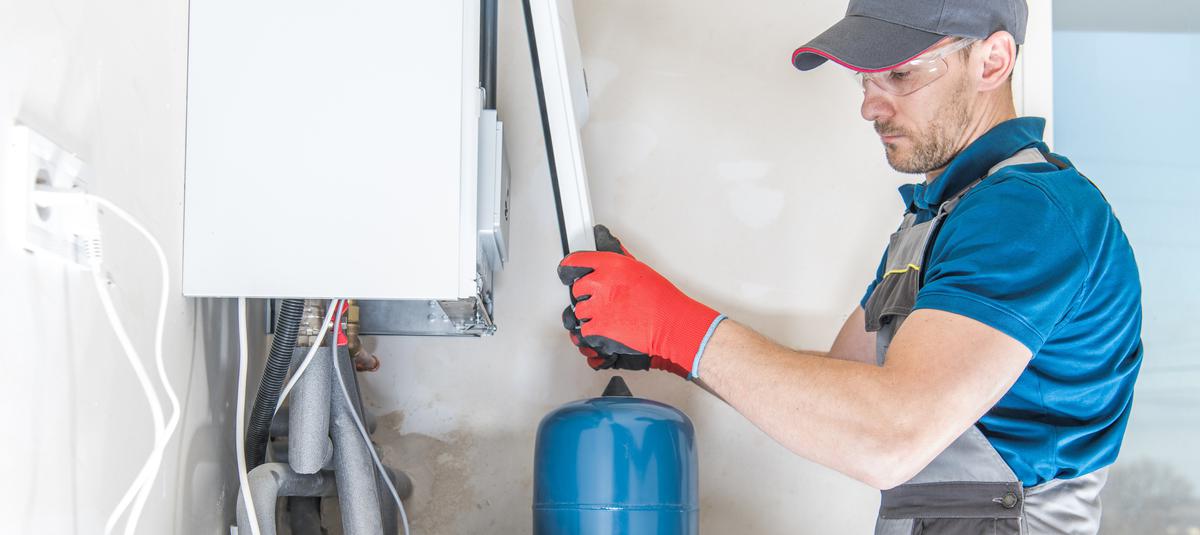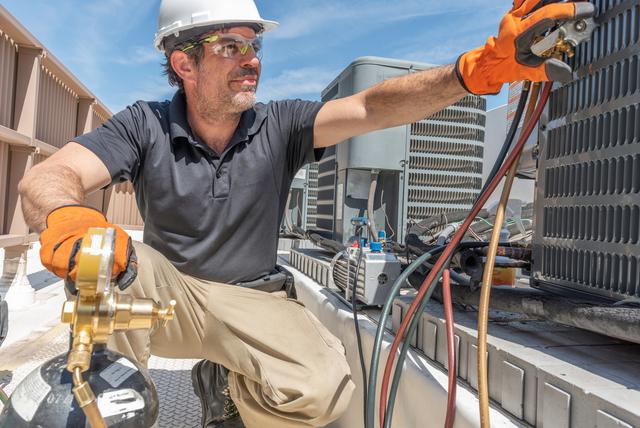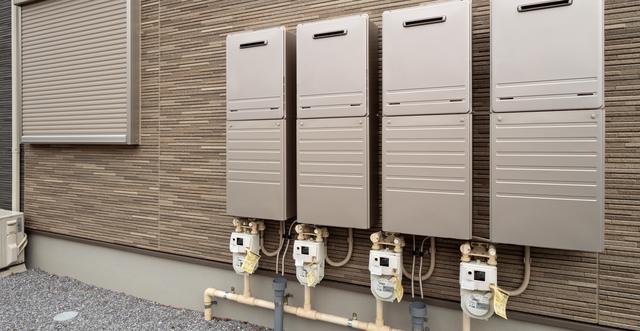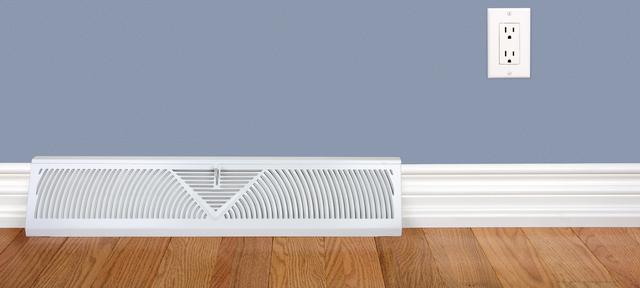Installing a new furnace is a significant investment for most homeowners. The process may seem straightforward at first, but there are many factors to consider, and surprises can pop up along the way. Here are some of the most common surprises homeowners encounter when installing a furnace.
Sizing the Furnace
One of the most crucial aspects of installing a furnace is sizing it appropriately for your home. A furnace that is too small will struggle to heat your home adequately, while an oversized furnace will waste energy and lead to higher bills. Many homeowners assume that the size of their old furnace is the correct size for their home, but this is not always the case. A professional HVAC contractor will conduct a load calculation to determine the correct furnace size for your home.
The Cost
The cost of a new furnace can be a shock to some homeowners. While it's true that investing in a high-efficiency furnace can save money in the long run, the upfront cost can still be daunting. It's essential to budget for the cost of the furnace, as well as installation costs, and any necessary upgrades to your ductwork or electrical system.
Permits and Regulations
Installing a new furnace may require permits and adherence to local building codes. It's important to work with a licensed and insured HVAC contractor who can ensure that all necessary permits are obtained and that the installation is up to code.
Ductwork Upgrades
If your home has an older furnace, it's possible that your ductwork may need to be upgraded to accommodate a new furnace. This can be an additional cost that homeowners may not have anticipated. Upgrading your ductwork can also be an opportunity to improve your home's energy efficiency and indoor air quality.
Installation Timeframe
Homeowners may be surprised to learn that the installation of a new furnace can take more than one day. Depending on the complexity of the installation and any necessary upgrades, the installation process may take several days to complete. It's important to plan accordingly and work with your HVAC contractor to establish a timeline.
Maintenance and Upkeep
Installing a new furnace is not the end of the story. It's essential to maintain and upkeep your furnace to ensure that it runs efficiently and lasts as long as possible. This includes regular filter changes, annual tune-ups, and prompt repairs when needed. Homeowners should factor in the cost of maintenance and upkeep when budgeting for a new furnace.
In conclusion, installing a new furnace can be a significant investment for homeowners. It's essential to work with a licensed and insured HVAC contractor who can guide you through the process and help you avoid any surprises. By understanding the potential pitfalls of furnace installation, homeowners can make informed decisions and ensure that their homes are comfortable and energy-efficient for years to come.






comments